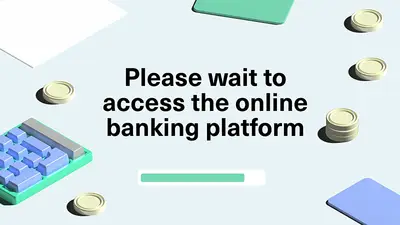Run high-traffic sales & registrations without crashes or bots
Control peak traffic with a virtual waiting room to support your critical infrastructure and deliver a reliable, fair, and transparent online experience—no matter the demand.

Peak traffic without Queue-it
Scaling costs surge exponentially
Bottlenecks fail, causing crashes & overselling
Customers miss out as bots snatch up product
Frustrating online experiences shatter brand trust
Peak traffic with Queue-it*
33% savings on database scaling
80% of customers sell product more efficiently
81% of customers say their sales are fairer
88% say their online experience improved
* Based on 203 survey responses from Queue-it customers (2025). See the results.
- Prevent crashes, slowdowns & overselling with real-time control over the flow of traffic to your site
- Protect any part of your site or app—from your PLP to your "Add to Cart" action to your APIs
- Get 24/7 protection for unexpected traffic peaks, triggering the waiting room only when it’s needed
- Replace frustrating performance problems with smooth, orderly sales & registrations
- Ensure fair access with first-in-first-out, randomization & prioritization mechanisms
- Give customers peace of mind with transparent info like place in line & estimated wait time
- Use the virtual waiting room as a security checkpoint to slow down, block & challenge bots before they hit your site or app
- Remove bots’ speed & volume advantages with “live raffle" randomization & unique visitor identifiers
- Tailor your bot mitigation to your needs with up to 100 custom Traffic Access Rules
- Avoid the exponential costs of scaling & downtime by processing visitors at the rate you choose
- Control your event with the Queue-it Platform, where you can adjust traffic flow, communicate with customers & analyze sales progress
- Handle peak traffic without needing to re-architect your systems for a few traffic spikes a year

Product drops & launches

Ticket onsales

Government registrations

University course & housing enrollment

Online banking & financial promotions

Holiday & flash sales

Airline ticket sales

Unexpected traffic spikes
85%
of Queue-it customers say their site performance has improved
81%
say running sales & registrations is less stressful
71%
see fewer customer complaints for sales & registrations
* Based on 203 survey responses from Queue-it customers (2025). See the results.
110+
Billion
Total visitors through Queue-it since being founded in 2010
75+
Million
Average daily visitors through customer waiting rooms in 2024
1000+
Organizations
Trust Queue-it to control traffic on their busiest days

Blog
Comprehensive guide to virtual waiting rooms: All your questions answered
Read more

Success Story
How Sideshow runs “launches our customers can trust”
Read more

Blog
3 autoscaling challenges & how to overcome them with a virtual waiting room
Read more

Podcast
Smooth Scaling: System Design for High Traffic
Read more



















